SteamOS isn't just for Steam Deck anymore — Here are the pros and cons of it coming to other gaming handhelds like Legion Go S
There are both good and potentially bad results of SteamOS coming to third-party handhelds.
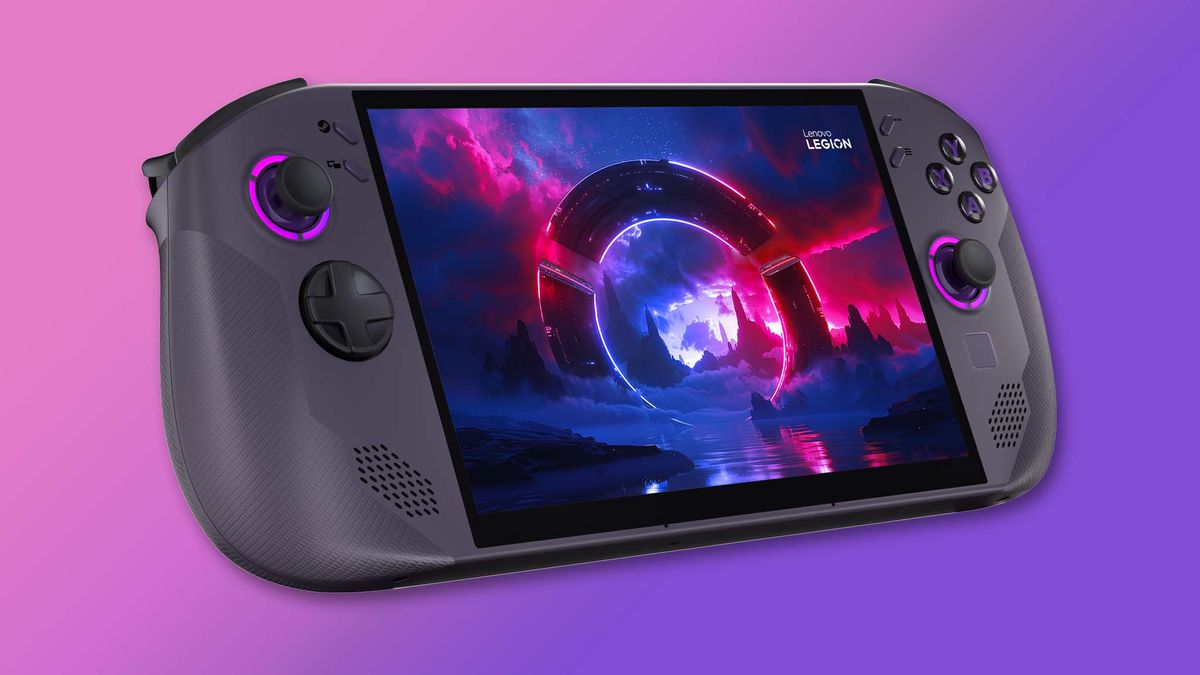
During CES 2025, Lenovo revealed that it will release an official SteamOS Legion Go S gaming handheld this year, but it won't be the only portable gaming device to officially be powered by this operating system. Valve recently changed its SteamOS guidelines and clarified usage on third-party hardware, so we'll soon see more officially shipped SteamOS devices from various Steam Deck competitors.
Now, overall, this is a good thing, but it also might cause some nuanced changes. Here are two reasons why SteamOS coming to other devices is a wonderful thing and two reasons why it might not be ideal.
Pro 1: Better hardware options than Steam Deck
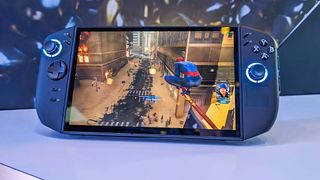
The Steam Deck launched in February 2022, likely in response to the massive success of the Nintendo Switch. But what this means is that it is officially three years old this year. As any who lived through the 2000s can attest, technology evolves rapidly, and hardware can quickly become obsolete or outdated in just a few months. Now, the Steam Deck was never a powerhouse, but it did kickstart the whole PC gaming handheld market with its launch.
Three years later, we have Windows handheld competition from Lenovo, ASUS, MSI, Acer, and more. While Steam Deck maintains popularity as one of the most affordable handhelds with a simple interface, most of its rival devices offer newer, more powerful hardware. So, now that SteamOS can officially be shipped on more than just Steam Deck, users can still get the wonderfully simplified operating system but will potentially be able to play games that the Steam Deck cannot handle.
If you look back at guides that I've written, you'll see that there have been times when a more demanding game fails to run or else offers horrid performance on Steam Deck while being playable on ROG Ally or Legion Go. If we have SteamOS on a handheld with better internals, this might not be an issue anymore.
Of course, those who feel comfortable doing so have found ways to install this operating system on any handheld that didn't come with it. You could even make your handheld dual boot between SteamOS and Windows. Plus, Valve will soon officially make it possible to put SteamOS on rival hardware like ROG Ally. So, it will be easier than ever for people who already own a different handheld to use the Linux-based operating system.
Pro 2: More options to choose from with competition pushing design quality
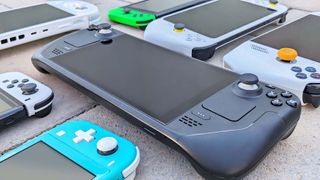
My second pro is definitely a nuance that carries over from my first point, but one that's worth distinguishing nonetheless.
Get the Windows Central Newsletter
All the latest news, reviews, and guides for Windows and Xbox diehards.
In addition to potentially offering better hardware than Steam Deck, having other official SteamOS devices means that we, as consumers, get a broader range of devices to choose from. Perhaps you want something that offers better performance but isn't too expensive, or maybe you don't care about cost and want a beast of a handheld that blows all of the others out of the water. Regardless, there might be a specific "Powered by SteamOS" handheld that fits your needs best.
Plus, competition breeds progress. Up until this year, Steam Deck was the one and only official SteamOS device out there. With Valve opening the floodgates to third-party OEMs (original equipment manufacturers), we're going to see a lot more competition in the "Powered by SteamOS" space. More competition means that these OEMs need to do whatever possible to try and make their devices more appealing to purchase than their rivals. With any luck, this will lead to there being a SteamOS handheld with conveniences and features that really stand out from the others.
Con 1: This might mean there won't be a Steam Deck 2
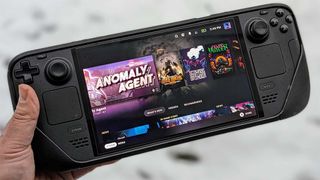
In the handheld space, Nintendo fans are anxiously awaiting the recently announced Switch 2. Meanwhile, Valve hasn't so much as confirmed that a Steam Deck 2 is even in the works. The one thing we do know is that Valve isn't planning on releasing a Steam Deck with an AMD Ryzen Z2 chip. Some people are already coming to terms with the fact that we might not ever get a Steam Deck 2.
The thing is, Valve doesn't really need to make a Steam Deck 2 anymore. The original device fantastically proclaimed that handheld PC gaming is now viable. In fact, it potentially even pushed more developers toward PC game development over console development this last year. So now, if Valve wants to, the company can just sit back and let OEMs produce handhelds that are "Powered by SteamOS." These devices will still usher people to Steam, and then Valve can pull in money strictly from game sales. Goodness knows, Valve isn't hurting for money, since it makes more per employee than Facebook, Apple, and Microsoft.
We've seen this before with Valve hardware and accessories. The company often produces things like Steam Link, the Steam Machines, or other devices and then might decide they're done making new ones (although a new Steam Controller does seem to be in the works). So, as sad as it is, SteamOS coming to more hardware creates the very real possibility that there won't ever be a Steam Deck 2.
Con 2: Community fragmentation
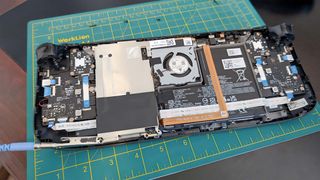
The Steam Deck has acquired an absolutely devoted and loyal fanbase that loves coming together to share upgrade ideas, troubleshooting tips, case customizations, and much more. If someone has an issue, they can easily discuss their situation with others who have the same exact hardware that they do.
However, with SteamOS coming to other devices, users might have to find more niche groups of people who have the same exact handheld they do to find specific answers to their problems. In other words, the Steam Deck community might scatter into SteamOS sub-communities, especially if there is no clear leader among new non-Steam Deck SteamOS handhelds. It's not the worst thing in the world, but the sense of comradery that now exists could be diminished.
SteamOS is bringing changes to handhelds
One thing is sure: now that more companies can produce official devices that run SteamOS, we're going to see more competition and have plenty of more powerful options to choose from.
There might be a clear "Powered by SteamOS" handheld winner that pulls the majority of gamers to it. However, it's also possible that the Steam Deck community disperses to smaller groups and no longer has one big group to communicate with. I'll be really sad if Steam Deck 2 never releases, but at the same time, there's an argument that the original already did its job and doesn't need a follow-up.

Self-professed gaming geek Rebecca Spear is one of Windows Central's editors and reviewers with a focus on gaming handhelds, mini PCs, PC gaming, and laptops. When she isn't checking out the latest games on Xbox Game Pass, PC, ROG Ally, or Steam Deck; she can be found digital drawing with a Wacom tablet. She's written thousands of articles with everything from editorials, reviews, previews, features, previews, and hardware reviews over the last few years. If you need information about anything gaming-related, her articles can help you out. She also loves testing game accessories and any new tech on the market. You can follow her @rrspear on X (formerly Twitter).
-
GraniteStateColin My chief concern with Steam OS, as covered by what is at least partially a Microsoft and Windows fan site, is that Steam OS is a serious threat and a direct attack on Microsoft. I respect what Valve has done for gaming on Windows with Steam. But Steam OS, by using API's created and promoted at significant cost by Microsoft, is performing some barely legal piracy in porting these APIs to Linux.Reply
It's fine to cover this as something that MS has brought on itself by ignoring the handheld market or the state of the Microsoft Store (valid criticisms), but to cover Steam Deck and Steam OS here as a product of interest to Windows users without even acknowledging that Valve is at war with Microsoft (even if most gamers don't view it that way or care) is inappropriate.